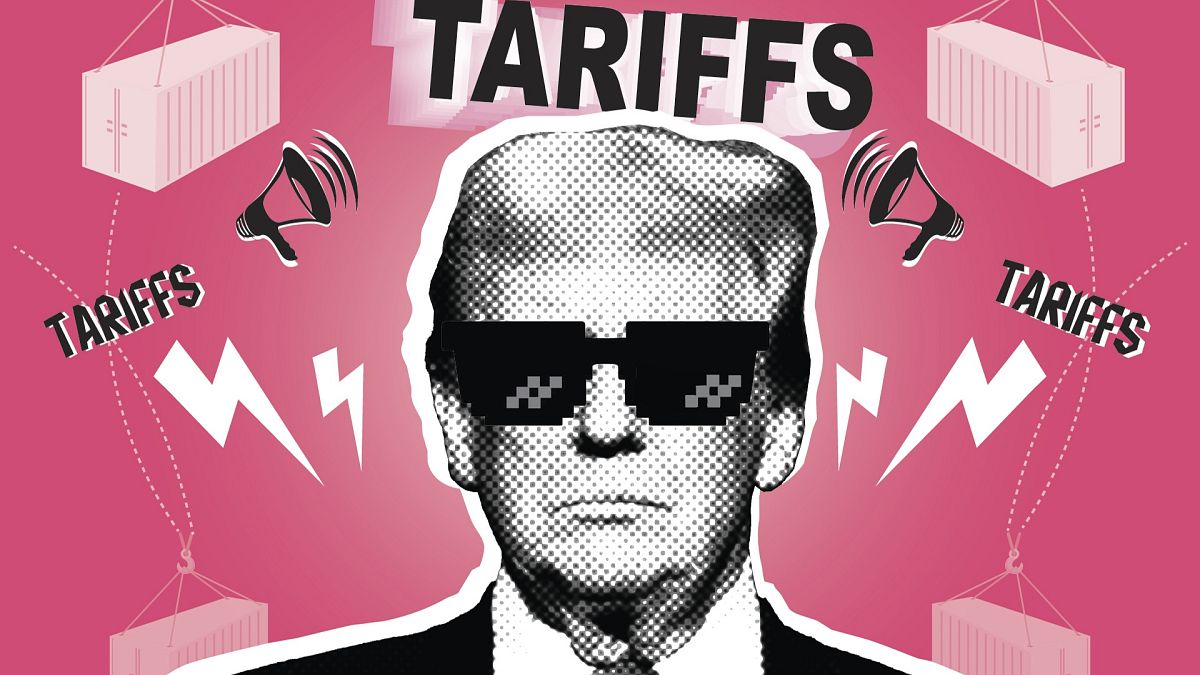Trump refrained from imposing new tariffs on Day One, offering markets brief relief, but trade risks persist. Experts warn that duties on Mexico, Canada, and Europe remain likely, with targeted measures expected.
Investors hoping for immediate clarity on US trade policy under President Donald Trump were left with more questions than answers after his first day in office.
While no new tariffs were announced on Inauguration Day, the president hinted at potential duties on Mexico and Canada as early as 1 February.
The delay offered temporary relief to markets, but economists caution that protectionist policies remain firmly on the new administration’s agenda.
Trade uncertainty lingers despite tariff delay
Despite months of speculation about sweeping tariffs, the absence of immediate action didn’t come as a complete surprise to market experts.
“Big changes are coming for US trade, even if we didn’t get new tariffs on President Trump’s first day in office”, said Inga Fechner, Senior Economist for Germany and Global Trade at ING Group.
She noted that, rather than imposing duties outright, Trump has ordered a broad review of US trade policy, with findings expected by April.
Fechner also pointed to the potential use of emergency powers should the administration decide to move more aggressively.
Trump still has the option to invoke the International Emergency Economic Powers Act, which would allow tariffs to take effect immediately if a national emergency is declared, she explained.
The expert expects Trump “to use targeted tariffs to gain concessions, as tariffs will negatively impact US consumers and the economy”.
Gian Marco Salcioli, Head of Global Markets Strategy at Intesa Sanpaolo, described how the messaging around tariffs shifted quickly.
He initially noted reports suggesting a measured approach, referencing a Wall Street Journal article that mentioned a presidential memorandum directing federal agencies to review trade policies with China, Mexico, and Canada. “No mention of other trade partners, particularly Europe. No new tariffs on day one. Good.”
However, he pointed out how things changed within hours. “Then came a complete shift in tone. In response to a journalist’s question, Trump said they were considering a 25% tariff on imports from Canada and Mexico, possibly as soon as 1 February. This could have inflationary effects even for the US, given the deep integration of auto supply chains with those two countries. Cars assembled in the US could become more expensive.”
Tariffs on European products still likely
“President Trump’s Inauguration Day policy announcements on tariffs were more benign than expected”, said Alec Phillips, an economist at Goldman Sachs.
Goldman Sachs revised its probability of a broad 20% tariff hike on Chinese imports from 90% to 70% but kept a 55% likelihood for tariffs on European autos.
“Even if tariffs are delayed, they are likely to be a key policy pillar for the new administration. Some risk premium is likely to sustain as there remains uncertainty around the timing of tariff increases”, Bank of America’s analyst Adarsh Sinha wrote in a note.
Rogier Quaedvlieg, Senior Economist at ABN Amro, highlighted that, while Trump did not formally impose tariffs, both the universal tariff and the 25% tariff on Mexico and Canada remain key issues.
Regarding the broader outlook, he mentioned that Europe could also face potential tariffs but suggested that this might be avoided if European countries increased their purchases of US oil.
He also noted Trump’s comments about potentially imposing tariffs on China if an agreement on TikTok is not reached.
Additionally, Quaedvlieg pointed out that the newly established “External Revenue Service” would take on tariff collection responsibilities, although it largely overlaps with the existing work of US Customs and Border Protection.

